June 11, 2025
Why are more and more families choosing international education for their children?

Vanessa Grimward
Executive Principal
The number of international schools is on the rise in Spain, and elsewhere around the world, so why are so many families turning to an international education offer?
International schools initially came into existence to cater for children of expat families who lived in foreign settings due to their parents’ professional commitments. However, nowadays, more and more local families are choosing international schools with some research estimating that of the 7.4 million students worldwide1 enrolled in international schools, up to 80% of attendees may be local children. So why are so many families now opting for this offer?
Arguably, families choosing international education in countries where the mother tongue is not English, do so first and foremost to ensure their child becomes fluent in this language and therefore (at least) bilingual. Whereas once learning in two languages was perceived as confusing for a child, nowadays there is ample evidence to suggest that it is quite the contrary.
Research from Ellen Bialystok2, a leading cognitive neuroscientist in bilingualism and cognitive development, for example, indicates that learning a foreign language at an early age is highly beneficial as young bilinguals show stronger executive functions, such as attention control and working memory, than their monolingual peers.
Of course, it is not all plain sailing but having to overcome the natural challenges that arise in an education in a foreign tongue, also undoubtedly helps to develop resilience: students in these settings do at times experience some frustration at not having access to a broad vocabulary that allows them to explain with ease what they mean in a literal form. Overcoming these obstacles and finding the way to make themselves understood in both the written and verbal form, helps build learner adaptability, meaning students become adept at seeking alternative pathways in order to resolve problems.
International schools offer a widely recognised robust curriculum such as the British curriculum which operates in 28% of the 14,833 international schools around the world1. However, as a result of the shifting demographics in student roll, as mentioned above, nowadays many international schools combine the best of the international curriculum offer with the national one. This combined curricula – guaranteeing at least a bilingual approach to learning – affords a wider range of future academic pathways for both the local and the expat student body. In addition, having ensured students gain relative working fluency in the second language at an early age, many international schools seek to complement their bilingual offer with a third and even a fourth language, promoting a thoroughly multilingual approach to learning.
Learning in another language in an international school setting leads to true bilingualism; learning about the history and culture of countries where the target language is the mother tongue, promotes a more culturally sensitive awareness, what is often referred to as a global mindset, thanks also to student exposure to staff from different cultural backgrounds. These attributes, combined with the suggested enhanced ability to manage complex cognitive tasks, often set international school students apart from their peers in other educational settings.
In Spain, there are currently 423 international schools, a 10% increase in the last decade. These schools cater for almost 200,000 students, a 17% increase in just the last 5 years. This data shows a growing demand for international education in Spain. The most popular foreign curriculum offer is the British curriculum which is operated in 43% of these schools1.
At ELIS Murcia and ELIS Villamartín, our academic track record validates our belief that the rigour and knowledge-based methodology of the Spanish national curriculum perfectly complements the broad, skills-based British curriculum which promotes critical thinking: graduates from our schools are well-placed for entry into top universities in Spain and around the world having experienced all the benefits of a truly international education from an early age.
1 ISC Research: Mapping Global Growth in the International School Market
2 Ellen Bialystok ‘Coordination of Executive Functions in Monolingual and Bilingual Children,’ published in the Journal of Experimental Child Psychology in 2011. ‘Bilingualism and the Development of Executive Function: The Role of Attention,’ published in Child Development Perspectives in 2015. ‘Bilingualism and Executive Function’ in the book Bilingual Cognition and Language (2018).
